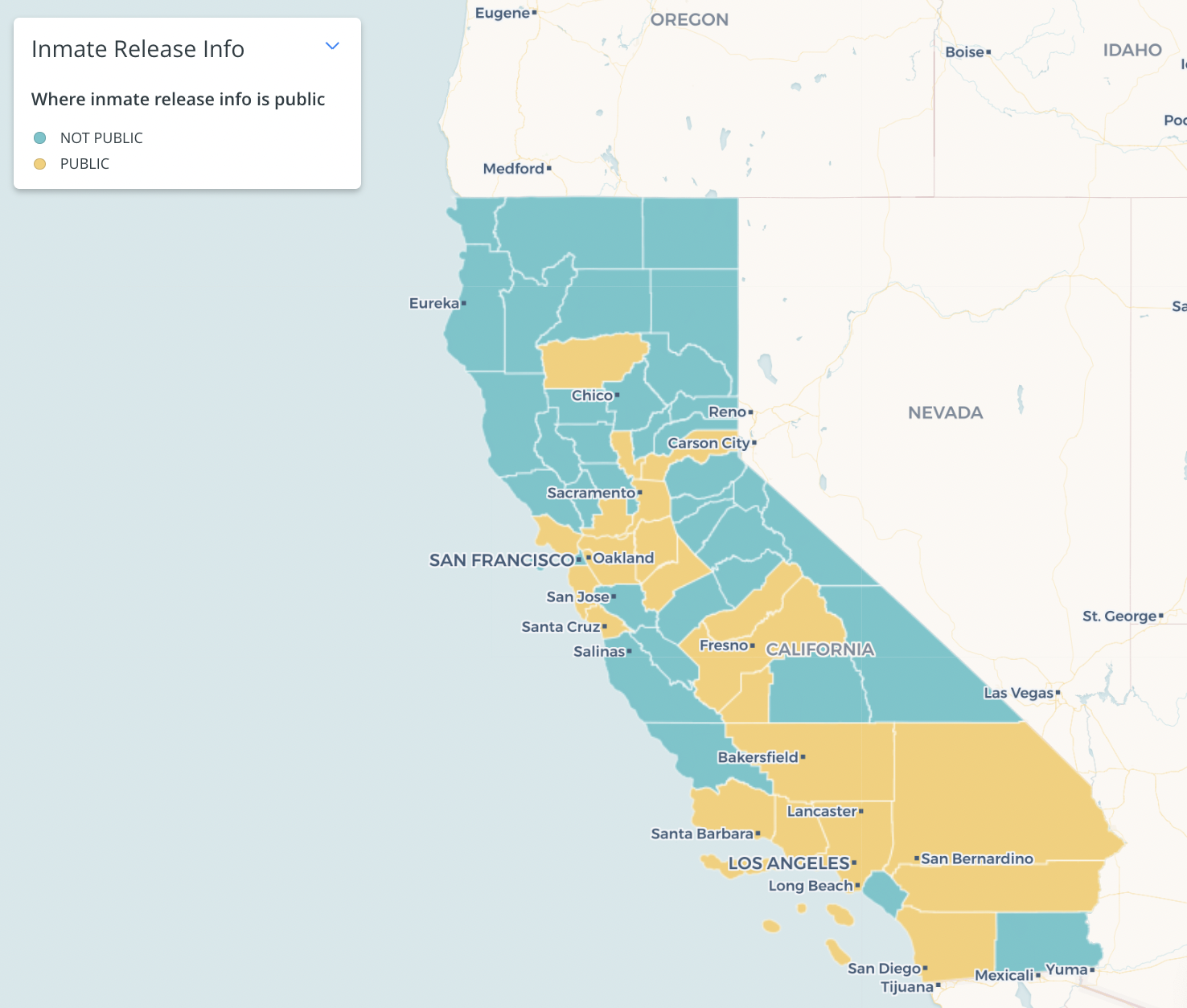Immigration arrests at local jails in California plunged 41 percent in the first five months following adoption of a state-wide sanctuary law last year, according to a report released Wednesday by a legal advocacy group.
“Sanctuary laws can really reduce the number of people turned over to ICE by local law enforcement and also can make a dent in the overall number of people deported from a state,” said Angela Chan, who managed the research project for the Asian Law Caucus and helped draft SB54.
“Unfortunately,” she added, “there are a number of departments who are not in compliance.”
Data gathered from nearly 200 law enforcement agencies in the state showed that implementation of the state sanctuary law has been uneven across counties, with many departments following outdated policies and procedures or adopting ones that fail to incorporate the new rules.
Key Findings
- In the first five months of the law’s implementation, ICE arrests at local jails fell by 41 percent compared to the preceding five months.
- Some 40 percent of law enforcement agencies in California are not fully complying with the law.
- 41 percent of sheriff’s departments in California publish release information for all inmates on their website, including the date of release, upcoming court dates and locations, the city where the person lives and their occupation.
Documents obtained from 121 out of the 300 police departments in California, and from 48 of the 58 sheriff’s departments, revealed a patchwork implementation of the state sanctuary law.
Of the 169 agencies that responded to public records requests, the report found that 23 of them use out-of-date or inadequate policies. Another 40 agencies adopted policies drafted by a private company, Lexipol, that do not comply with the new law, while five agencies have no immigration enforcement policies at all.
Jail Transfers to ICE
One of the most controversial provisions of the state sanctuary law prohibits sheriff’s departments from informing ICE about the release dates of undocumented immigrant inmates, except in cases where the person has a serious or violent conviction.


